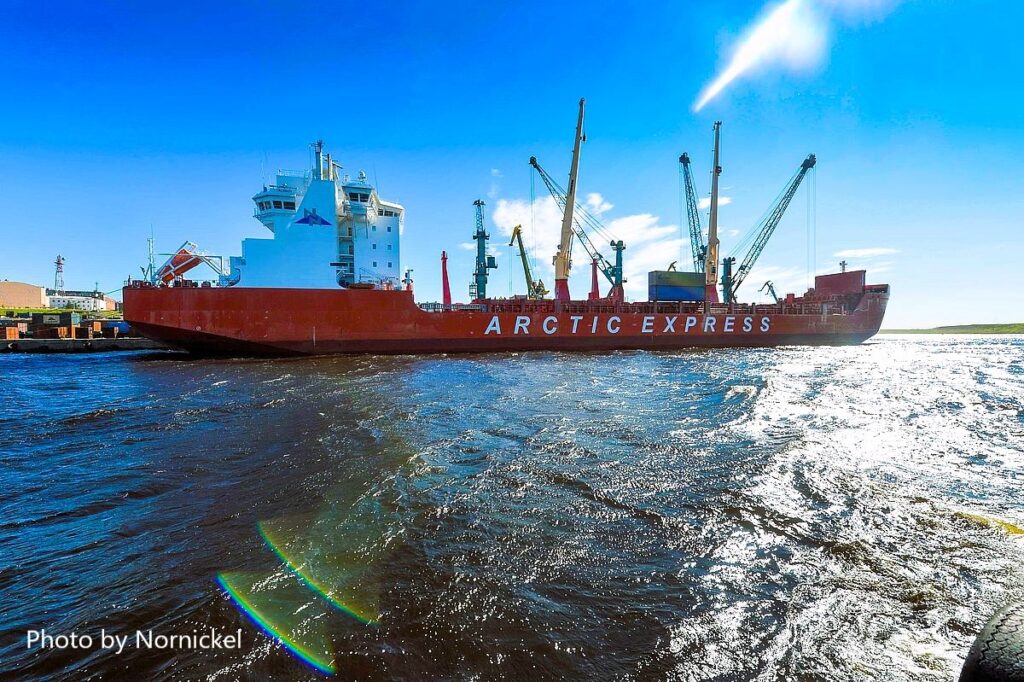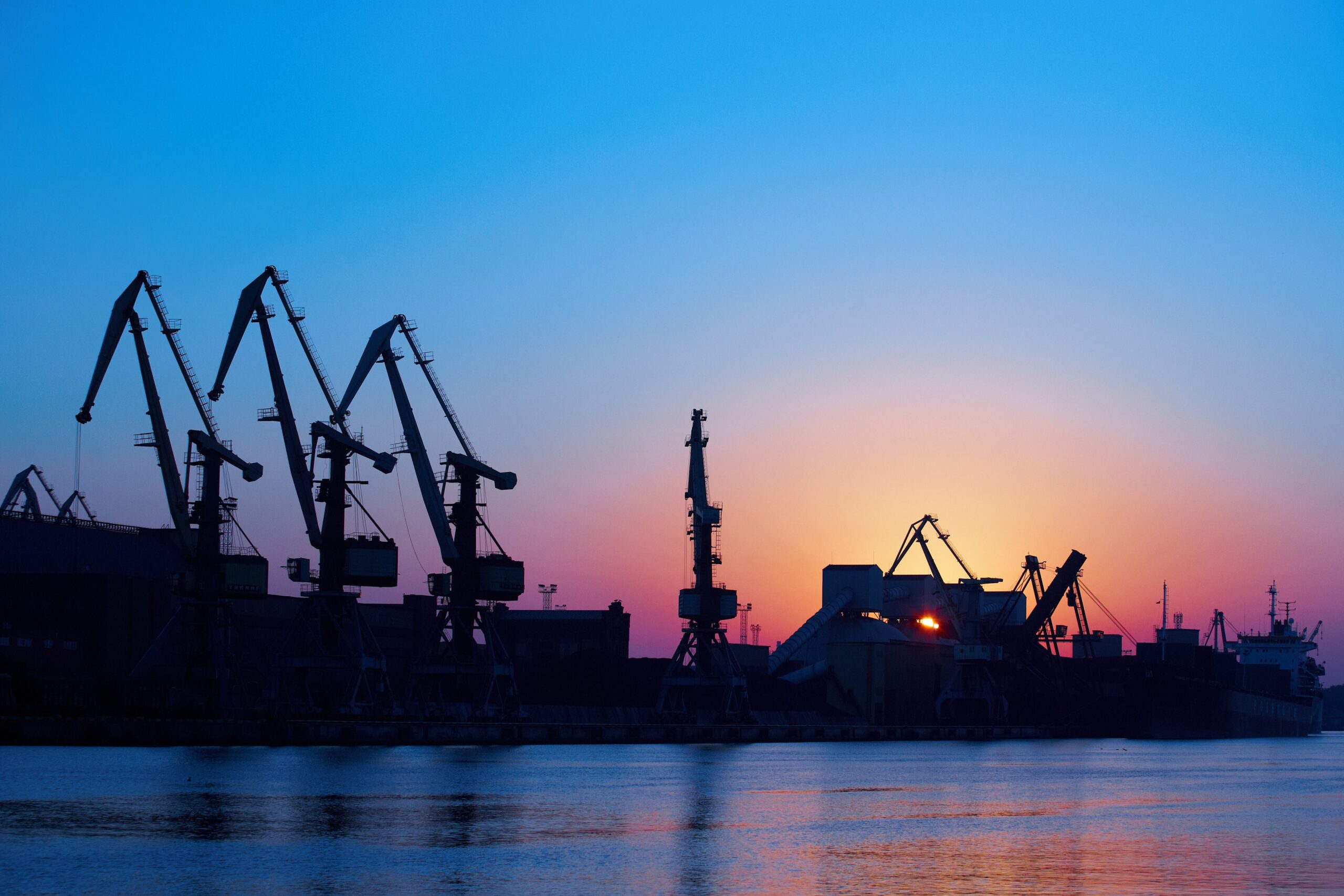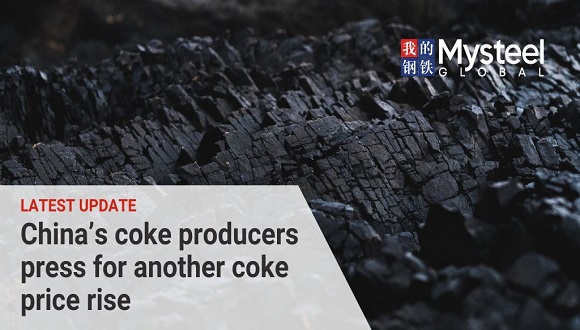

After a three-year pause, exporters resumed deliveries of Russian coal via the Northern Sea Route (NSR) to the Asia-Pacific from ports in the Baltic Sea. In July, the Admiral Schmidt vessel (Babycape) with a deadweight of 106,000 tons departed from Ust-Luga for the Chinese port of Caofeidian – the first shipment of coal via this route since 2021.
Shipments from Russia via the NSR are becoming more relevant amid increased risks in the Red Sea due to attacks by Yemeni Houthis, which resulted in damage to the Transworld Navigator vessel and the sinking of the Tutor dry cargo ship carrying Russian coal in June.
Additional factors in favor of the NSR are high transshipment rates in Taman and congestion on the Russian railway network.
The cost of freight from Ust-Luga via the NSR to China is estimated at 43-45 USD/t. Moreover, the delivery time is 35 days versus 45-47 days via the Suez Canal. The NSR turns out to be 5-6 USD/t cheaper, shorter and safer than the Suez Canal, so supplies are likely to continue (please, see the table below).
Despite the limited period of navigation without icebreaker assistance (from July to October), the advantages of the NSR compared to the Suez Canal also include no vessel passage fees and no queues. The route around the Cape of Good Hope turns out to be the longest and most expensive (6-7 USD/t higher than the NSR).
In 2023, 36.2 mio t of cargo was transported via the NSR, while in 2024 the volume is expected to reach 40 mio t, with oil and gas accounting for the largest share. The volume of coal transportation via the NSR is forecasted to increase by 2030s, also due to the development of coal deposits in the northern part of Russia.
Distance and time of voyage from Ust-Luga to China (Bohai Bay)

Source: CCA Analytics













